Scientists find new source of radioactivity from Fukushima disaster: in sand and groundwater
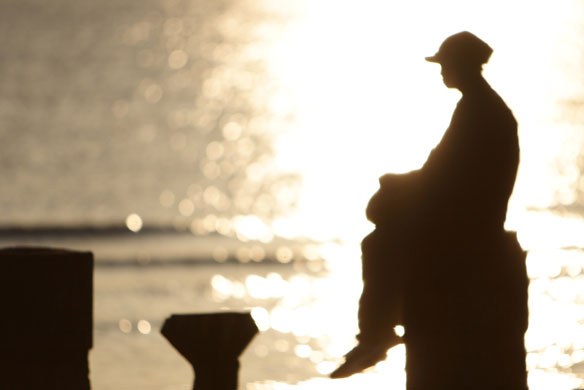
Scientists have found a previously unsuspected place where radioactive material from the Fukushima Dai-ichi nuclear power plant disaster has accumulated—in sands and brackish groundwater beneath beaches up to 60 miles away. The sands took up and retained radioactive cesium originating from the disaster in 2011 and have been slowly releasing it back to the ocean.
Ecological roulette”: Sea creatures hitchhike across Pacific on tsunami debris

Nearly 300 species of fish, mussels and other sea critters hitchhiked across the Pacific Ocean on debris from the 2011 Japanese tsunami, washing ashore alive in the United States. It is the largest and longest marine migration ever documented.
NASA Study Challenges Long-held Tsunami Formation Theory
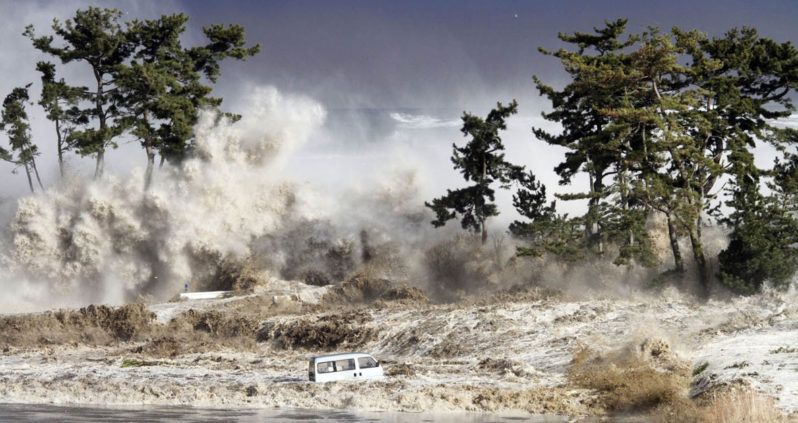
A new NASA study is challenging a long-held theory that tsunamis form and acquire their energy mostly from vertical movement of the seafloor.
Dying robots and failing hope: Fukushima clean-up falters six years after tsunami
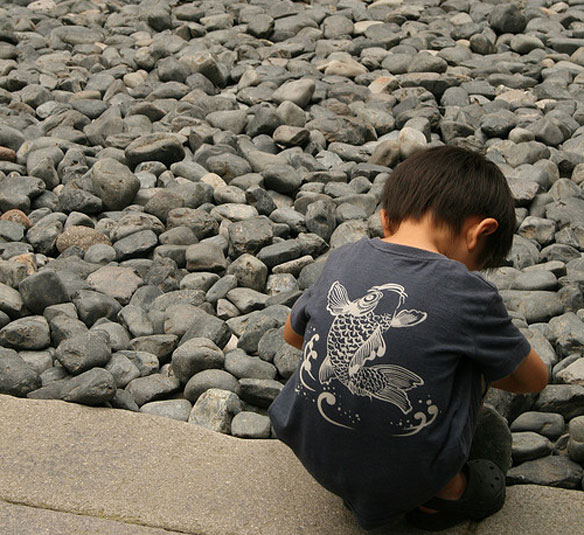
Exploration work inside the nuclear plant’s failed reactors has barely begun, with the scale of the task described as almost beyond comprehension.
6.9-Magnitude Earthquake Strikes off the Coast of Japan: USGS
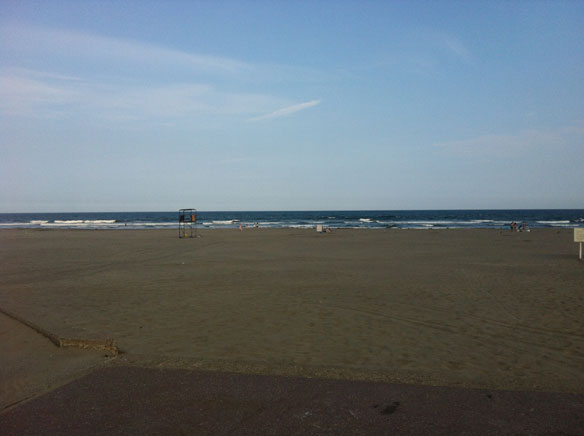
A 6.9-magnitude earthquake has been reported in Fukushima, Japan, according to the United States Geological Survey. Hazardous tsunamis are possible for parts of Japan’s east coast within 300 kilometers (about 186 miles) of the earthquake’s epicenter, the Pacific Tsunami Warning Center said.
World Tsunami Awareness Day makes its debut on 5 November, Japan
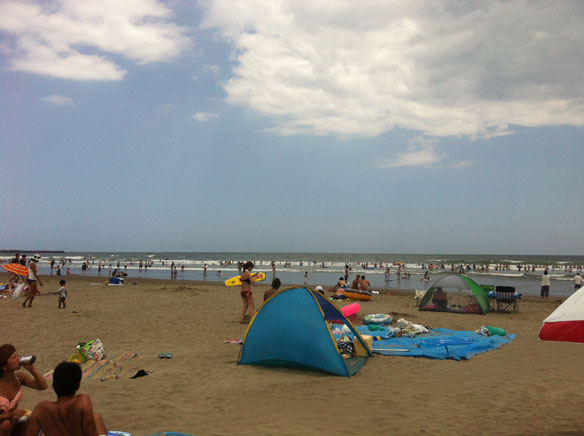
Japan’s initiative to raise the awareness of the risks posed by tsunamis will this weekend mark a milestone when World Tsunami Awareness Day makes its debut on 5 November – an occasion that goes beyond paying tribute to the victims of tsunamis.
Impact of the Fukushima accident on marine life, five years later
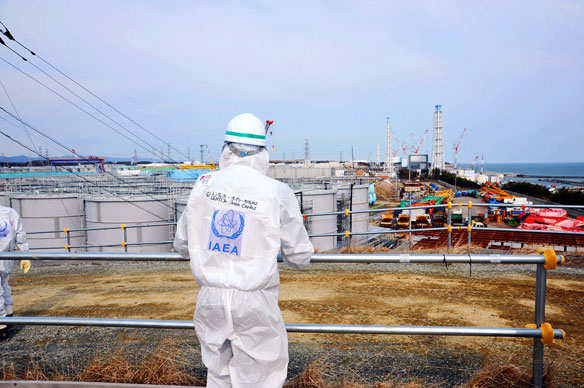
Five years ago, the largest single release of human-made radioactive discharge to the marine environment resulted from an accident at the Fukushima Daiichi Nuclear Power Plant in Japan. A new study explores the environmental consequences in the marine environment of the accident.
Company makes new iron sand mining attempt
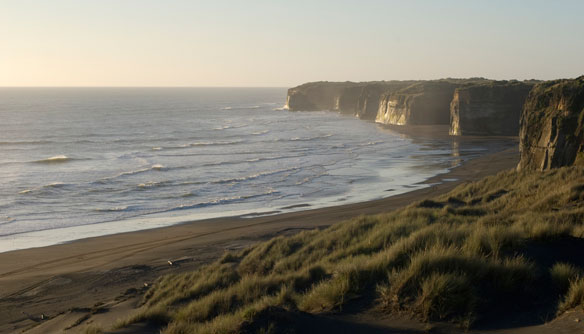
A plan to mine iron sands off the South Taranaki coast is back on the table.
Seawalls, coastal forests show mixed effectiveness at reducing deaths and damage from tsunami
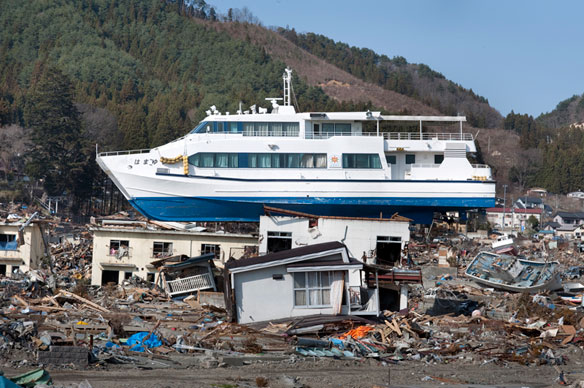
Following the tsunami in 1933, coastal towns in Japan began to construct “tsunami seawalls” to protect lives and property from this repeated hazard. After the death and destruction of 2011, the effectiveness of tsunami seawalls has been called into question.
